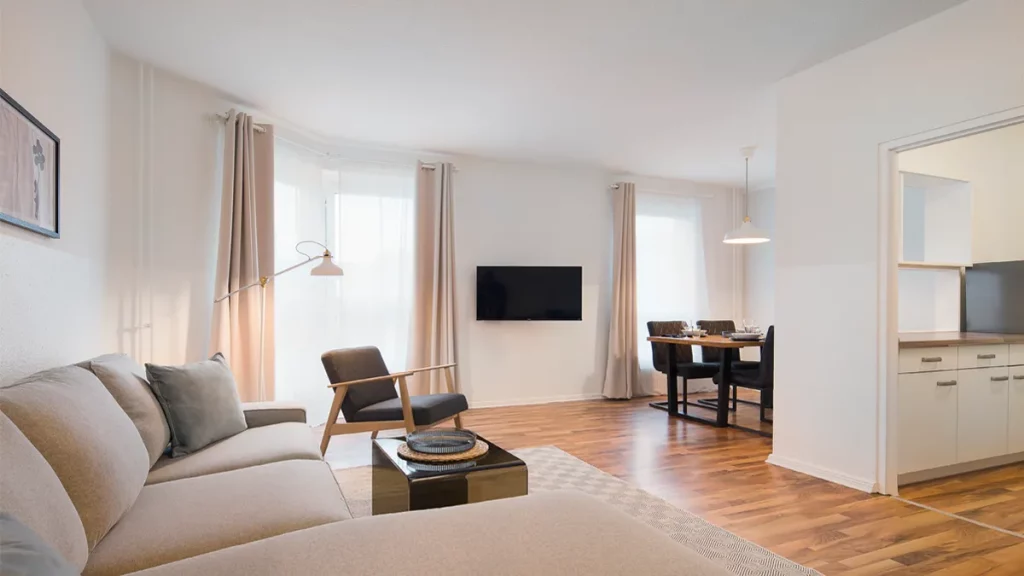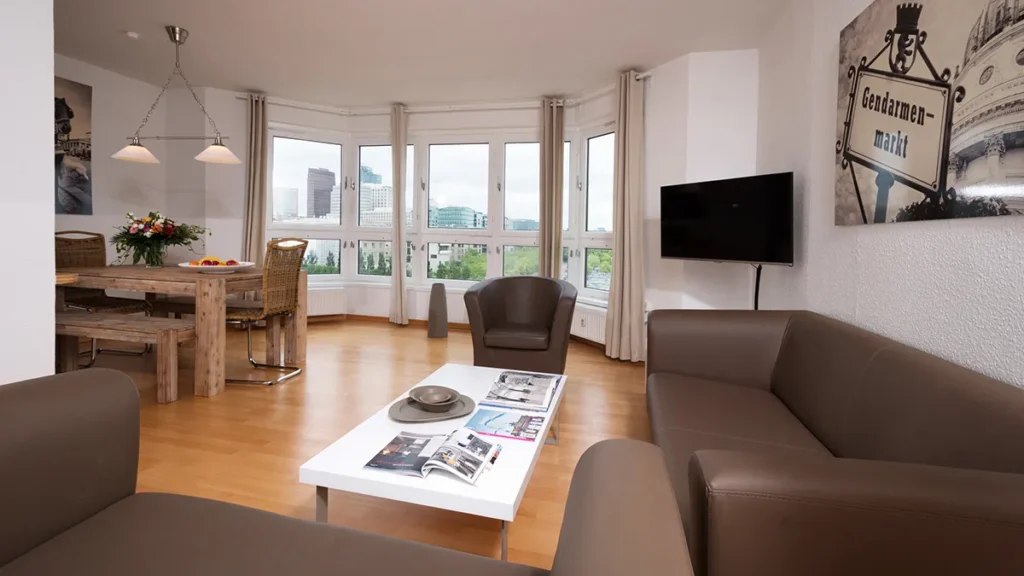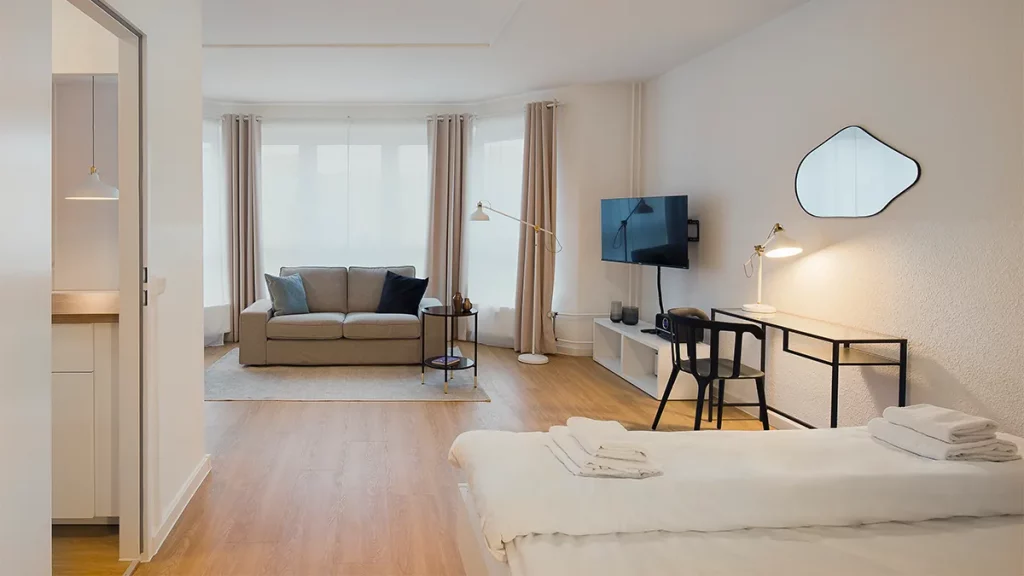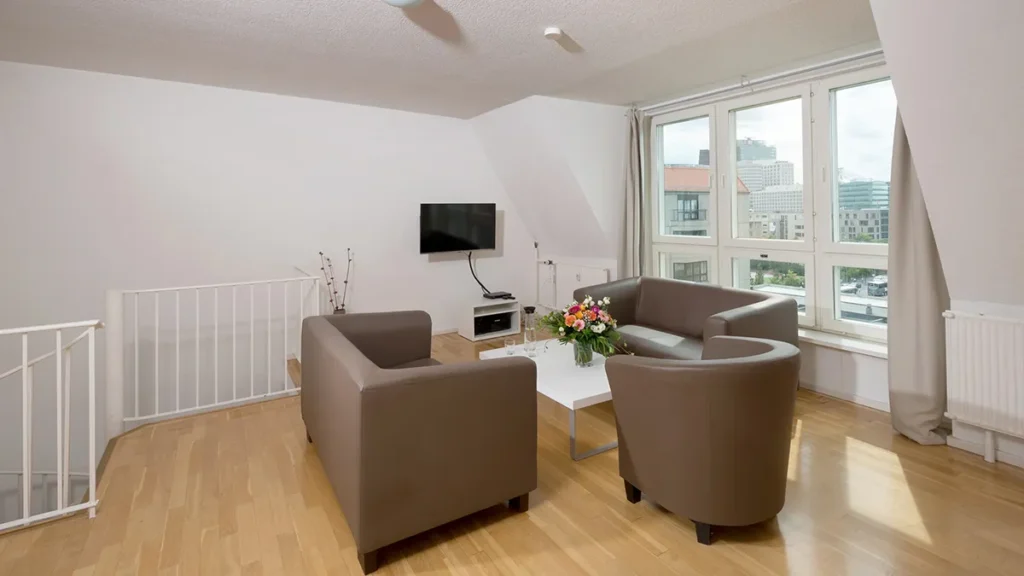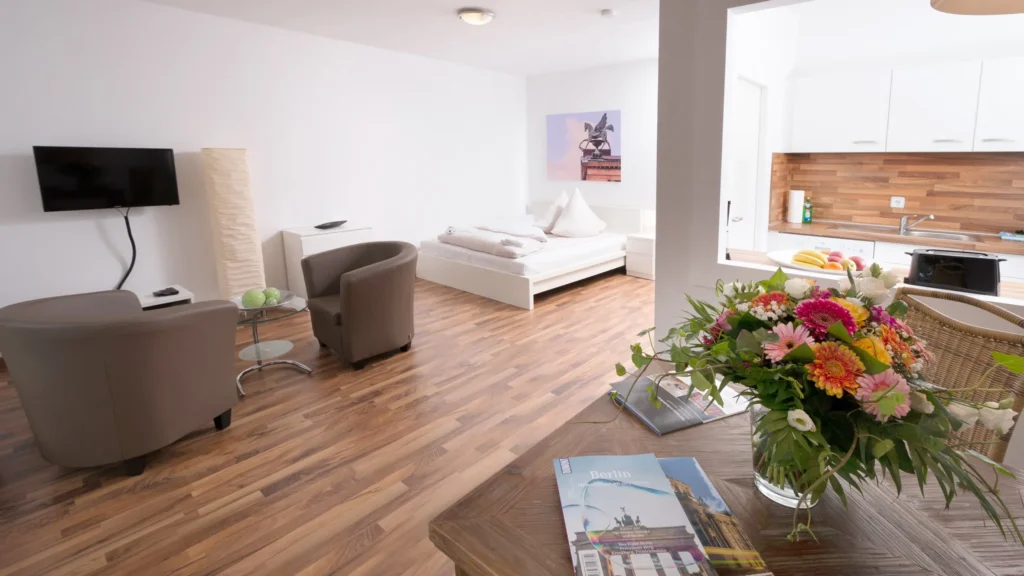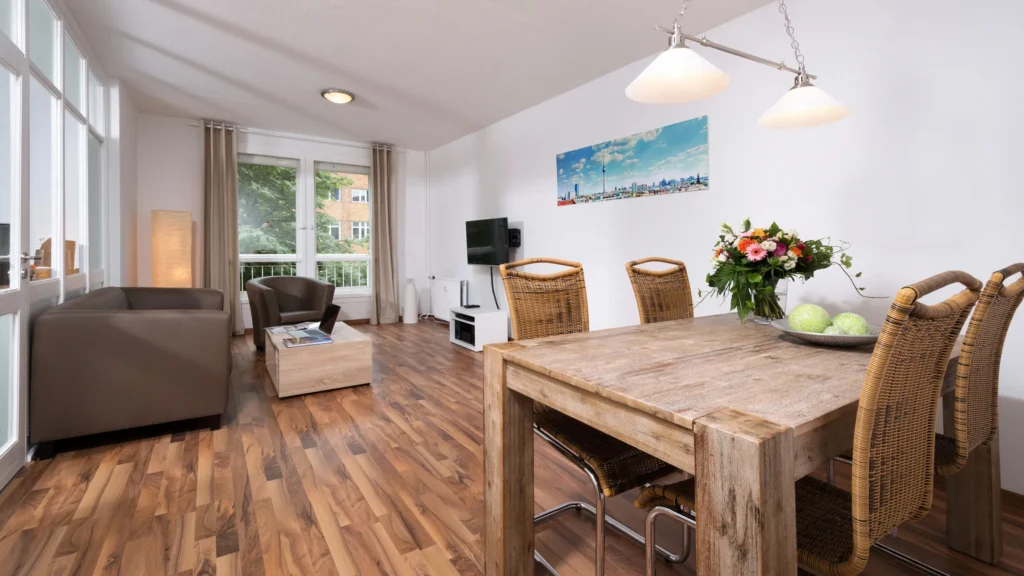The Gendarmenmarkt has a turbulent past – as evidenced by the many different names the square has had down the years. It was initially called the ‘Esplanade’ when it was constructed, then it was renamed the ‘Lindenmarkt’, followed by the ‘Friedrichstädtischer Markt’, the ‘Neuer Markt’ and, finally, in 1799, the ‘Gendarmenmarkt’. In its early days, the area was inhabited by large numbers of French immigrants (primarily Protestants, or Huguenots): the Französischer Dom was built on the square with them in mind.
Konzerthaus/Schauspielhaus
Frederick II (also known as Frederick the Great or Old Fritz) had a small French theatre constructed at the centre of the square, which was completed in 1776. Towards the end of the 18th century, this became the ‘national theatre’ and the country’s leading playhouse. As the building itself was not able to live up to the standards of such a lofty status, architect Carl Gotthard Langhans (who also built the Brandenburg Gate) had a larger theatre erected on the same spot, which was finished in 1801. However, this building burned down to its foundation walls in 1817. The building that replaced it stands to this day and was ultimately designed by Karl Friedrich Schinkel (and completed in 1821). He had to comply with various edicts issued by the king, such as the requirement to reuse the enclosing walls and entrance pillars. Schinkel acquitted himself with aplomb, ensuring that the building was not overshadowed by the two mighty churches that flank it.
Deutscher Dom and Französischer Dom
The Deutscher Dom and Französischer Dom were built on the square around 75 years before the Konzerthaus appeared. The term ‘Dom’ (meaning ‘cathedral’) in their names is a source of confusion to this day. In this instance, it refers not to the churches themselves but to the shape of their two domes. The Deutscher Dom was constructed between 1701 and 1708 to plans by Martin Grünberg, while the Französischer Dom was built from 1701 to 1705 to plans by Frenchman Louis Cayart. The spires on both churches were added between 1780 and 1785 as part of a redesign of the market square; neither is connected to the interior of the church in question. The Deutscher Dom currently houses the exhibition ‘Questions of German history’, while the Französischer Dom is home to the Huguenot Museum on the life and history of French immigrants.
